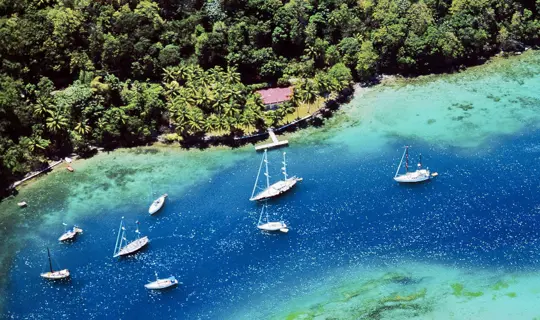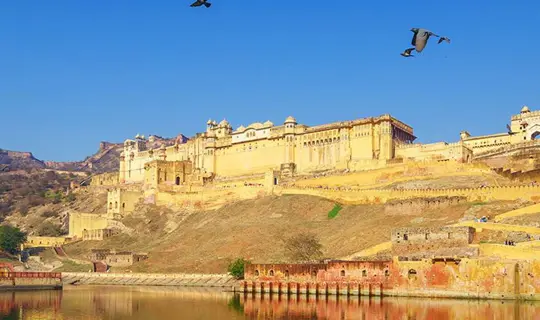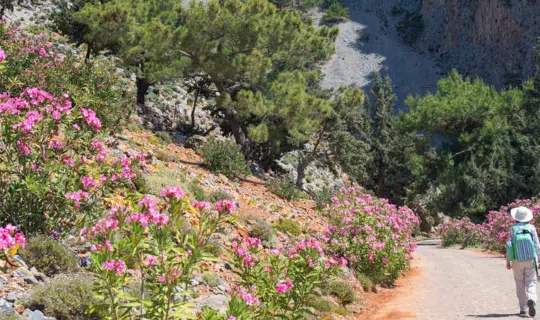Frigiliana
In 1492, King Ferdinand and Queen Isabella passed a law stating that in order to live in the Iberian Peninsula, you must convert to Christianity. As a result, the Moors and the Jewish were given a few months to convert or they were expelled, with Granada being the last city of the Moors in 1492. Some of these communities, mainly herders, moved south, and hid in an area protected by the Sierra Nevada mountain range.
Sadly in 1569, the King discovered that the communities were still living in the region, and with that, troops were sent on his orders to kill these communities.
It was only Frigiliana which was left behind after the battle, and so every year, during the last weekend of August, the whitewashed town celebrates the Festival of The Three Cultures as testament to the fact that for more than 800 years, Christians, Muslims and Jews were all living in peace and harmony.




















